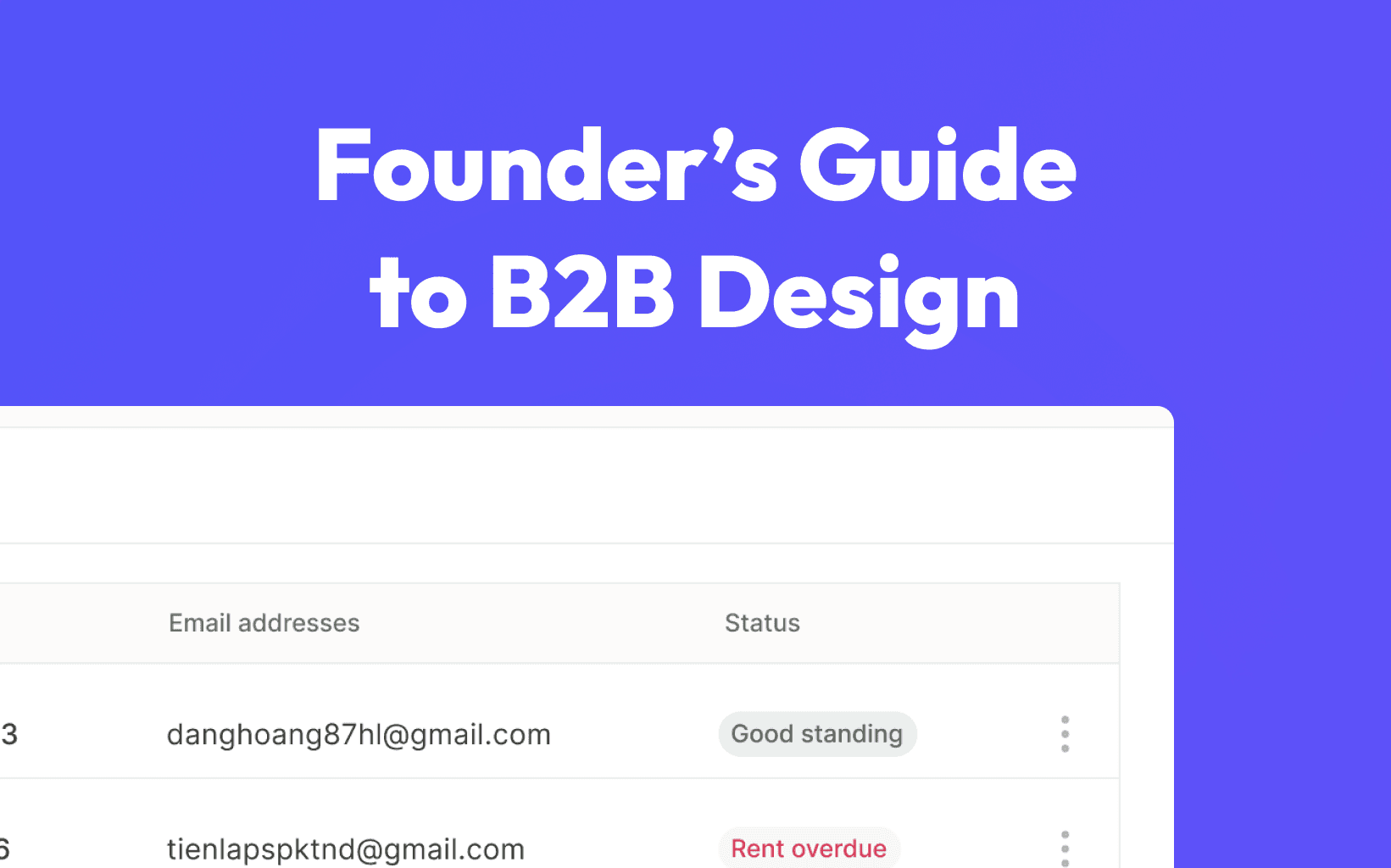
5 min
Finding Product-Market Fit (PMF) is like finding a sweet spot where your product resonates with your target audience. After that moment, growth starts to feel natural and no longer like a constant ‘battle’.
But how and what we can measure to be certain we found product-market fit? Here are 5 important key metrics you should focus on to make sure you are on the right path.
Churn Rate
Churn is the silent killer of many promising startups. It’s the percentage of users who drift away, stop engaging, and eventually leave. If too many people are churning, it’s a signal that something isn’t working.
To measure churn, track the number of users who leave each month and compare it to your total user base at the start of the month. A low churn rate is what you’re after — it means people are sticking around because they find value in what you’re offering.
Read more on user churn and most common mistakes in our article here.
Signup Rate
Your signup rate tells you how well your product’s promise resonates with potential users. It’s the percentage of visitors who sign up.
To measure this, keep an eye on the number of new signups relative to your total site or app visitors.
Tools like Google Analytics can provide this data. A high signup rate is great, but it’s just the first step — you need to make sure these signups translate into long-term users.
Cohort Retention Rate
Cohort retention is about looking beyond the averages and understanding how specific groups of users behave over time.
To measure this, group your users based on when they signed up (say, by month), and track how many of them are still active after 1, 2, 3 months, and so on.
Tools like Amplitude make this easier. High retention within cohorts means users are finding consistent value, which is exactly what you need to reach PMF.
Net Promoter Score (NPS)
NPS is like a pulse check on your product’s overall health. It’s a simple survey question: “How likely are you to recommend this product to a friend?” You score it, calculate the percentage of promoters (those who score you 9 or 10), and subtract the percentage of detractors (those who score 6 or below). An increasing NPS indicates that your product is creating advocates — people who will tell others about it. This kind of organic growth is a strong signal that you’re close to PMF.
Social Media Mentions
Social media is where your users are talking about you — sometimes to praise, sometimes to give constructive feedback. Keeping an eye on these mentions gives you real-time feedback on how your product is perceived online.
Are people excited? Frustrated? Both? An uptick in positive mentions can be a sign that you’re gaining traction, while negative ones can highlight areas that still need some work.
Achieving product-market fit is the high point of every startup, for sure. It cannot happen overnight, as it is a constant process, but with consistent measurement and iteration, together with the right attitude, the results will start being visible within 6 to 12 months. So keep it going.




